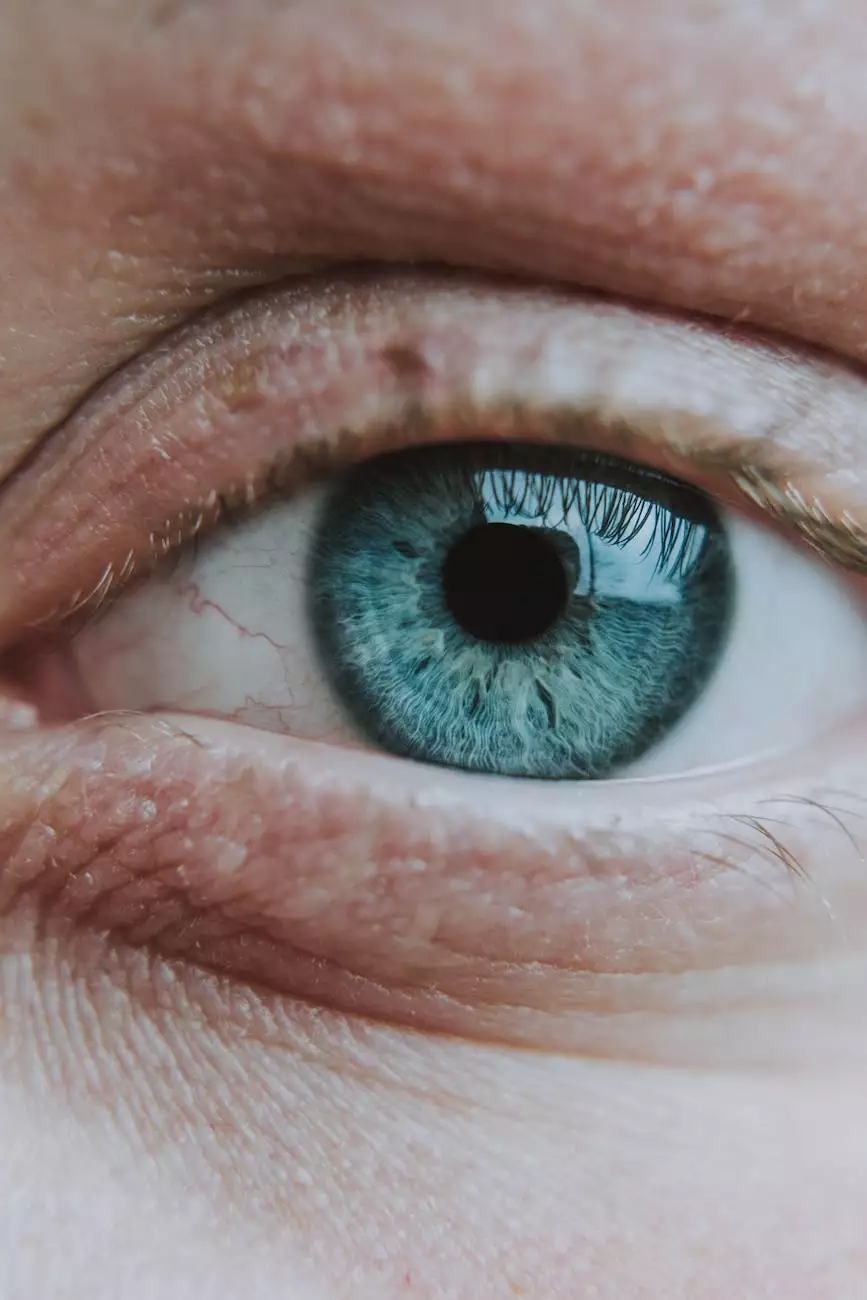Four Things You Should Know About Pink Eye
Health
Symptoms and Signs of Pink Eye
As a trusted expert in the field of health, Kelley Tim PA-C sheds light on the symptoms and signs of pink eye. This common condition, also known as conjunctivitis, affects the thin, clear tissue that covers the white part of the eye and the inside of the eyelids.
The main symptoms of pink eye include:
- Redness and irritation of the eye
- Watery or itchy eyes
- Swelling of the eyelids
- Eye discharge, often thick and yellow or green in color
Pink eye can be caused by various factors, including viral or bacterial infections, allergies, or irritants like smoke or chemicals. Kelley Tim PA-C explains that identifying the specific cause is crucial for effective treatment.
Pink Eye Causes and Risk Factors
Understanding the causes and risk factors associated with pink eye is essential for prevention and management. According to Kelley Tim PA-C, pink eye can be transmitted from person to person through direct contact with infected individuals or contaminated surfaces.
The most common causes of pink eye include:
- Viral infections, such as the common cold or flu
- Bacterial infections, often resulting from poor hygiene or improper contact lens care
- Allergic reactions to substances like pollen, pet dander, or dust mites
- Exposure to irritants, including smoke, chemicals, or foreign objects
People at higher risk of contracting pink eye include those with weakened immune systems, individuals in close contact settings like schools or daycare centers, and those who frequently touch their eyes without proper hand hygiene.
Treatment and Management of Pink Eye
When it comes to pink eye, timely and effective treatment is crucial for a speedy recovery. Kelley Tim PA-C emphasizes the importance of seeking professional medical advice for accurate diagnosis and personalized treatment plans.
Based on the underlying cause of pink eye, treatment options may include:
- Antiviral medications in the case of viral infections
- Antibiotic eye drops or ointments for bacterial infections
- Prescription or over-the-counter antihistamine eye drops for allergy-related pink eye
- Artificial tears or other lubricating eye drops to relieve symptoms
To manage pink eye symptoms and prevent its spread, Kelley Tim PA-C provides helpful tips such as practicing good hygiene, avoiding touching the eyes, washing hands frequently, and avoiding sharing personal items like towels or makeup with infected individuals.
Prevention Strategies for Pink Eye
Prevention is always better than cure, especially when it comes to pink eye. Kelley Tim PA-C offers valuable insights into prevention strategies that can help individuals reduce the risk of developing pink eye.
Key prevention tips include:
- Practicing good hand hygiene by washing hands thoroughly and frequently
- Avoiding close contact with individuals who have pink eye or other contagious eye conditions
- Avoiding touching the eyes with unwashed hands
- Keeping personal items clean, such as towels, pillowcases, and eye makeup brushes
- Following proper contact lens care guidelines and avoiding wearing contact lenses when experiencing pink eye symptoms
By providing comprehensive knowledge and practical advice, Kelley Tim PA-C empowers individuals to take proactive measures in preventing pink eye and maintaining optimal eye health.
If you're experiencing symptoms or have concerns about pink eye, it's important to consult a healthcare professional for accurate diagnosis and appropriate treatment options. Contact Kelley Tim PA-C today for expert guidance and personalized care.









